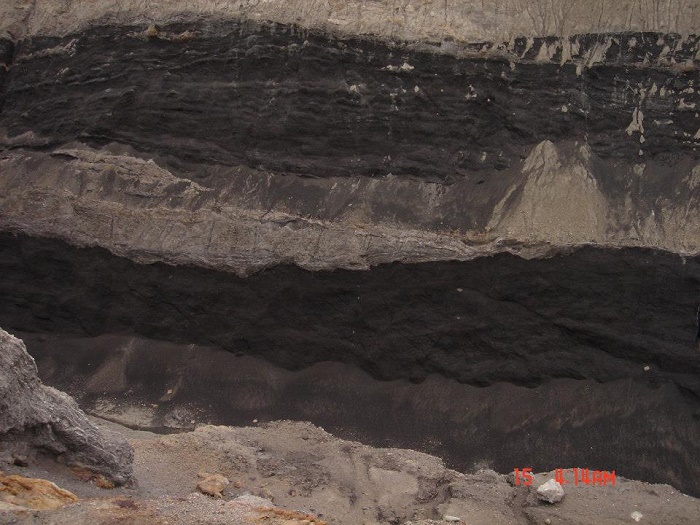Chengnan Industrial Zone, Yushe County, Shanxi Province
0086-351-6272338 / 7896601
More than 20 years of intensive R&D experience in Humic Acid and advanced own facility, has enabled
we being one of global humic acid market leaders..
Leonardite is an oxidized form of lignite with brown and coal-like appearance and often found at shallow depths overlying more compact coal in a coal mine.
Leonardite, named after A. G. Leonard in recognition of his research contributions to the substance and humified organic matter, contains 30–80% humic acid (HA) and can be used as an organic fertilizer or a soil amendment.Abundant natural resources of Leonardite are available in many places in the world and the deposits in USA were found in Texas, Wyoming, New Mexico, North Dakota, Idaho, and Florida. Humic substances can serve as nitrogen, phosphorus, and sulfur reservoirs; improve soil structure, aeration, and drainage; and increase buffering and exchange capacities. Leonardite has soil amendment potential and beneficial effects on bean growth. Applications of HA also showed improved plant growth, seed germination, and fruit quality.However, most of these investigations focused on studying plants grown with different sources or levels of humic substances, and the correlation between total amount of humic substances and plant growth.Only Serenella investigated whether low-molecular size HA endowed with a high aromatic and carboxyl C content, and Leonardite is an oxidized form of lignite with brown and coal-like appearance and often found at shallow depths overlying more compact coal in a coal mine.
Leonardite, named after A. G. Leonard in recognition of his research contributions to the substance and humified organic matter, contains 30–80% humic acid (HA) and can be used as an organic fertilizer or a soil amendment. Abundant natural resources of Leonardite are available in many places in the world and the deposits in USA were found in Texas, Wyoming, New Mexico, North Dakota, Idaho, and Florida. Humic substances can serve as nitrogen, phosphorus, and sulfur reservoirs; improve soil structure, aeration, and drainage; and increase buffering and exchange capacities.
Leonardite has soil amendment potential and beneficial effects on bean growth. Applications of HA also showed improved plant growth, seed germination, and fruit quality.However, most of these investigations focused on studying plants grown with different sources or levels of humic substances, and the correlation between total amount of humic substances and plant growth.Only Serenella investigated whether low-molecular size HA endowedwith a high aromatic and carboxyl C content, and and carbohydratic carbons positively influence the metabolic parameters of plants. Low-molecular size humus was found to be capable of reaching the plasma membrane of root cells and was translocated, while a high-molecular size fraction is not absorbed and onlyinteracts with the cell wall. Vaughan attributed cell elongation by humic substances to the formation of strong Fe complexes with HAs, resulting in a reduction in a wall-bound hydroxyproline. Using Leonardite directly or HAs produced from it as soil amendments or plant promoters is expected to improve the properties of soil and growth of plants.However, little research has been done on how fractions of HA from Leonardite affect plant growth. Therefore, the objectives of this study were to characterize the fractions of HA derived from Leonardite and their effects on the growth of snap bean cultured in the agar with the Hoagland nutrient solution. The experimental results provide valuable information for the wide utilization of the Leonardite for sustainable production of crops.
